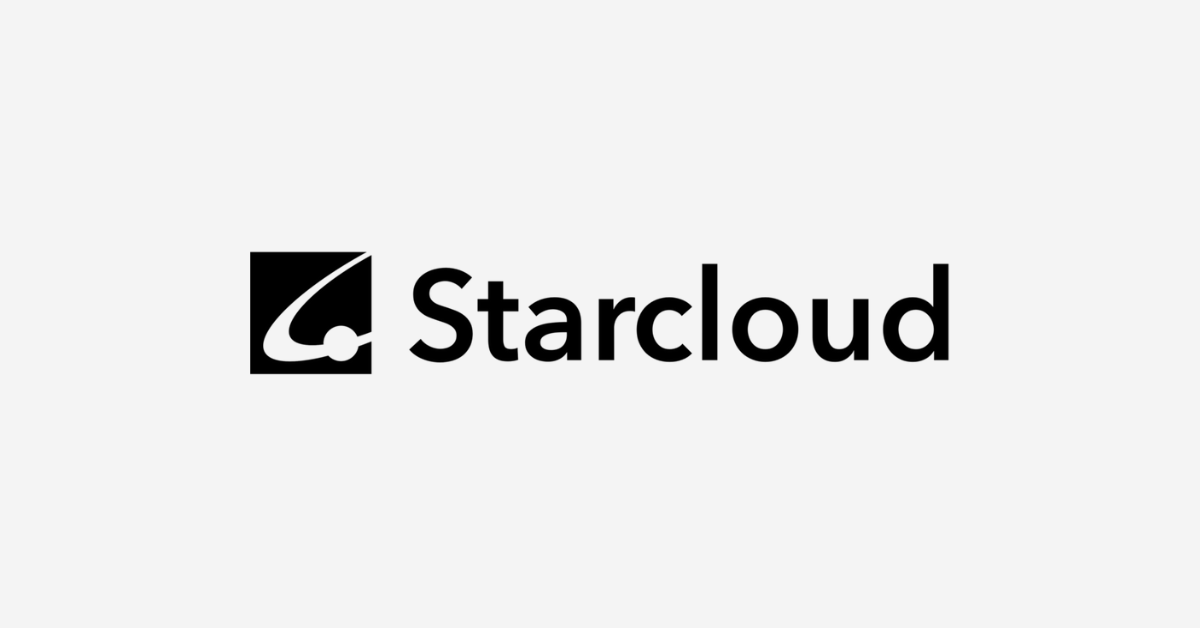- Home
- /
- Courses
- /
- Fundamentals of Venture Capital
- /
- E. Startup Valuation Techniques
Introduction
Valuing a startup is both an art and a science. Unlike established companies with steady cash flows and historical financial data, startups often operate in uncertain markets, have limited revenue, and rely heavily on future growth potential. As a result, traditional valuation methods may not always apply, and investors and founders must rely on a mix of quantitative and qualitative approaches to determine a startup’s worth.
In this blog, we’ll explore the most common startup valuation techniques, their pros and cons, and when to use them. Whether you’re a founder seeking funding or an investor evaluating a startup, this guide will help you navigate the complex world of startup valuation.
Why Startup Valuation Matters
Startup valuation is critical for several reasons:
- Fundraising: Valuation determines how much equity a founder must give up in exchange for investment.
- Equity Distribution: It helps allocate ownership among founders, employees, and investors.
- Mergers and Acquisitions: Valuation is key during exit negotiations.
- Strategic Decision-Making: Understanding valuation helps founders set realistic goals and benchmarks.
However, valuing a startup is inherently challenging due to the lack of historical data, high uncertainty, and reliance on future projections. Let’s dive into the most widely used valuation techniques.
Startup Valuation Methods
Berkus Method
The Berkus Method, developed by angel investor Dave Berkus, is a simple and intuitive approach to valuing early-stage startups with little to no revenue. It assigns a monetary value to five key success factors:
- Sound Idea (Basic Value)
- Prototype (Reducing Technology Risk)
- Quality Management Team
- Strategic Relationships
- Product Rollout or Sales
Each factor can add up to 500,000 to the startup’s valuation, with a maximum pre−money valuation of 2.5 million.
When to Use: Ideal for pre-revenue startups with a strong idea and early traction.
Pros
- Simple and easy to understand.
- Focuses on qualitative factors.
Cons
- Subjective and may not account for market conditions.
- Limited to early-stage startups.
Scorecard Valuation Method
The Scorecard Method compares the startup to other similar companies in the region and industry. It adjusts the average valuation of comparable startups based on factors such as:
- Management Team (30%)
- Size of the Opportunity (25%)
- Product/Technology (15%)
- Competitive Environment (10%)
- Marketing/Sales Channels (10%)
- Need for Additional Investment (5%)
- Other Factors (5%)
Each factor is weighted, and the startup is scored relative to its peers.
When to Use: Suitable for seed-stage startups with some traction.
Pros
- Relatively objective and data-driven.
- Incorporates market comparisons.
Cons
- Relies on the availability of comparable startups.
- May not account for unique aspects of the startup.
Venture Capital (VC) Method
The VC Method is a popular approach used by venture capitalists. It estimates a startup’s valuation based on its expected exit value (e.g., acquisition or IPO) and the desired return on investment (ROI).
Steps
- Estimate the startup’s exit value (e.g., 5x revenue in Year 5).
- Determine the investor’s required ROI (e.g., 10x).
- Calculate the post-money valuation by dividing the exit value by the required ROI.
- Subtract the investment amount to get the pre-money valuation.
When to Use: Ideal for startups seeking venture capital funding.
Pros
- Focuses on future potential and investor returns.
- Aligns with VC investment strategies.
Cons
- Relies heavily on assumptions about exit scenarios.
- May undervalue startups with high growth potential.
Discounted Cash Flow (DCF) Method
The DCF Method estimates the present value of a startup’s future cash flows. It involves projecting the startup’s cash flows over a period (e.g., 5-10 years) and discounting them back to their present value using a discount rate (reflecting the risk).
Steps
- Forecast future cash flows.
- Determine the discount rate (e.g., 20-30% for startups).
- Calculate the present value of cash flows.
- Add the terminal value (value beyond the forecast period).
When to Use: Best for startups with predictable revenue streams and growth trajectories.
Pros
- Based on financial fundamentals.
- Provides a detailed and rigorous valuation.
Cons
- Highly sensitive to assumptions about growth and discount rates.
- Challenging for early-stage startups with uncertain cash flows.
Comparable Transactions Method
This method values a startup based on the valuation multiples of similar companies that have been acquired or gone public. Common multiples include Price-to-Sales (P/S), Price-to-Earnings (P/E), and Enterprise Value-to-EBITDA (EV/EBITDA).
Steps
- Identify comparable companies and their valuation multiples.
- Apply the multiples to the startup’s financial metrics (e.g., revenue, EBITDA).
When to Use: Useful for startups in industries with frequent M&A activity or IPOs.
Pros
- Relies on real market data.
- Easy to understand and apply.
Cons
- Limited by the availability of comparable transactions.
- May not account for unique aspects of the startup.
Cost-to-Duplicate Method
This method calculates the cost of replicating the startup’s technology, product, or service from scratch. It includes expenses such as R&D, product development, and intellectual property.
When to Use: Suitable for asset-heavy startups or those with significant intellectual property.
Pros
- Objective and based on tangible costs.
- Useful for early-stage startups with no revenue.
Cons
- Ignores future growth potential and market demand.
- May undervalue startups with intangible assets (e.g., brand, network effects).
Risk Factor Summation Method
This method adjusts a startup’s valuation based on 12 risk factors, including management risk, competition risk, and funding risk. Each factor is assigned a score (e.g., +2 for low risk, -2 for high risk), and the total is used to adjust the valuation.
When to Use: Ideal for early-stage startups with high uncertainty.
Pros
- Considers a wide range of risks.
- Flexible and adaptable.
Cons
- Subjective and reliant on the evaluator’s judgment.
- May not provide a precise valuation.
First Chicago Method
The First Chicago Method combines elements of the DCF and VC methods. It evaluates the startup under three scenarios: best-case, base-case, and worst-case. Each scenario is assigned a probability, and the weighted average of the valuations is calculated.
When to Use: Suitable for startups with a range of potential outcomes.
Pros
- Incorporates multiple scenarios and probabilities.
- Provides a more nuanced valuation.
Cons
- Requires detailed financial projections.
- Time-consuming and complex.
Choosing the Right Valuation Method
The choice of valuation method depends on the startup’s stage, industry, and available data:
- Pre-Revenue Startups: Berkus Method, Cost-to-Duplicate Method, Risk Factor Summation Method.
- Early-Stage Startups: Scorecard Method, VC Method, First Chicago Method.
- Growth-Stage Startups: DCF Method, Comparable Transactions Method.
In practice, investors and founders often use a combination of methods to arrive at a more accurate valuation.
Key Takeaways
- Startup valuation is not one-size-fits-all. Different methods are suited to different stages and types of startups.
- Qualitative factors matter. Team, market opportunity, and competitive advantage can significantly impact valuation.
- Be realistic. Overvaluing a startup can deter investors while undervaluing can dilute founder equity.
- Seek expert advice. Valuation is complex, and professional guidance can help ensure fairness and accuracy.
Recommended Reading
- “Venture Deals” by Brad Feld and Jason Mendelson
- “The Business of Venture Capital” by Mahendra Ramsinghani
- “Mastering the VC Game” by Jeffrey Bussgang
Conclusion
Valuing a startup is a dynamic and iterative process. As the startup grows and achieves milestones, its valuation will evolve. Founders and investors should approach valuation with a clear understanding of the methods, assumptions, and risks involved. By doing so, they can build trust, align expectations, and set the stage for long-term success.
Whether you’re pitching to investors or evaluating a potential investment, mastering these valuation techniques will give you a competitive edge in the fast-paced world of startups.










